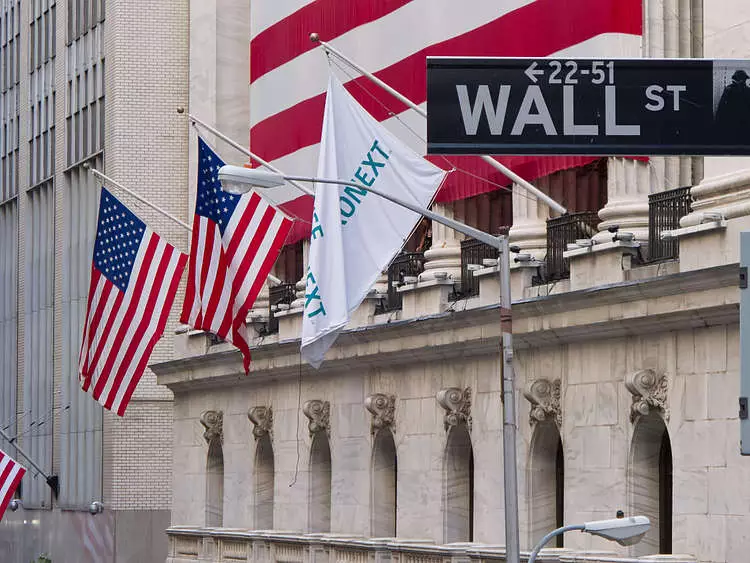The S&P 500 showed signs of recovery following a weak Thursday close. Analysts noted subtle clues hinting that interest rate sensitive plays would outperform largecaps on Friday. This trend was expected to continue throughout the week, as rates remained stable and confidence in a soft landing grew. The shift in market dynamics also affected the value of the dollar, leading to a rise in precious metals.
Federal Reserve Chairman, Jerome Powell, met expectations of market doves by hinting at a potential rate cut in September. While some were surprised by this development, others viewed it as a logical step towards addressing disinflation concerns. Powell’s acknowledgment of the changing job market dynamics and the need for a more accommodative stance further fueled expectations of a rate adjustment.
Following Powell’s comments, smallcaps, regional banks, and industrial names experienced a boost in value. Real estate and precious metals also saw an increase in demand, reflecting a shift towards assets less sensitive to interest rate fluctuations. Crude oil, while not the primary focus, continued to show resilience in the face of changing market conditions.
As the market adapts to the prospect of a rate cut, questions arise about the sustainability of the current rally. Analysts consider various factors, including job market strength, inflation trends, and global economic conditions, in formulating year-end projections for the S&P 500. While the immediate impact of a rate cut is positive, the long-term consequences remain uncertain.
The interplay between interest rates and market performance is a complex and dynamic process. As investors navigate changing economic landscapes and central bank policies, understanding the implications of interest rate changes becomes crucial. The recent market developments serve as a reminder of the interconnected nature of financial markets and the need for strategic decision-making in uncertain times.

